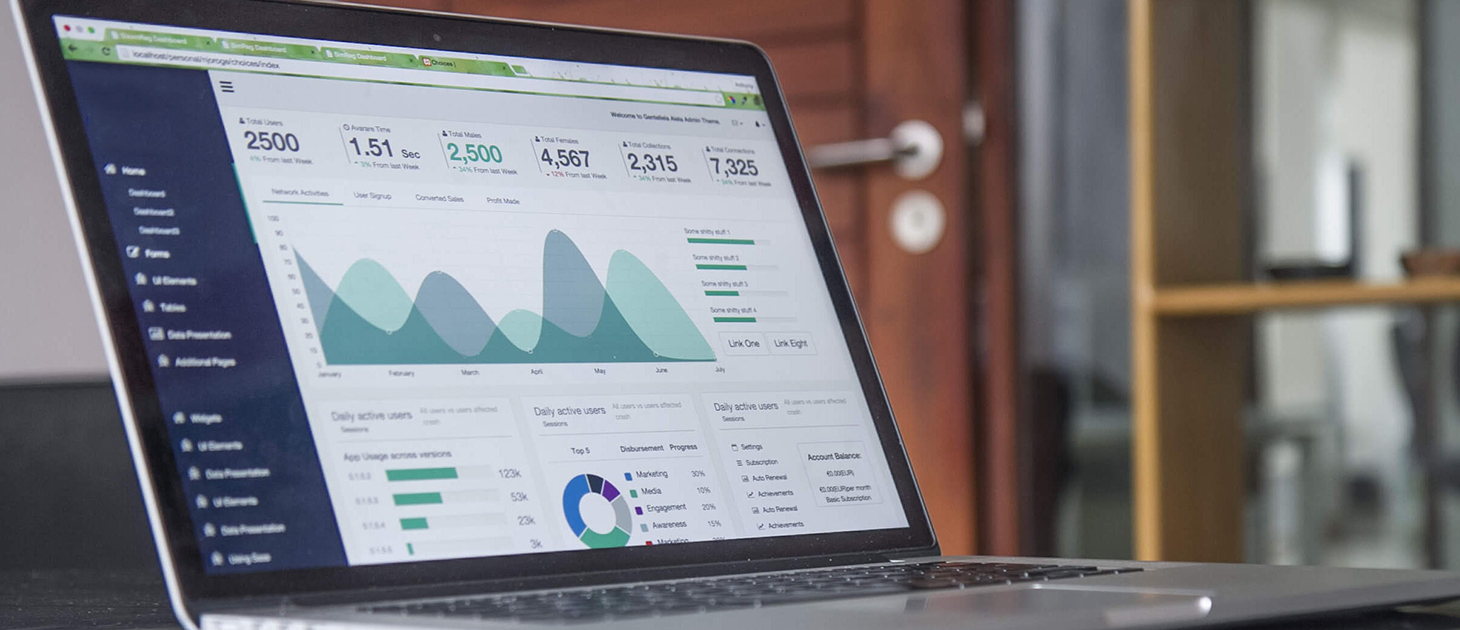How Dashboard Technology Can Help Family Offices Maximize Their Data
More family offices recognize the value in platforms that display and interpret data in ways employees, family members and advisors can make strategic business decisions.

This article is sponsored by RSM US LLP.
No, Sherlock Holmes was not advising a family office when he asserted: “It is a capital mistake to theorize before one has data.”
If the renowned fictional detective had been, Dr. Watson surely would have complimented his exquisite pun.
Holmes, as usual, simply perceived a powerful truth. And in the 129 years since Sir Arthur Conan Doyle authored that passage, technology has unlocked our ability to take the idea much further.
It’s no longer about making decisions simply with data—but instead with integrated data. Real-time data. Data that can be collected and organized by automated processes. Data that can be cloned and analyzed.
For family offices, this is no mystery. They recognize the value in a customized, comprehensive, cloud-based platform that captures, displays and interprets data in ways that enable office employees, family members and advisors to dial in on strategic business decisions and functionality of the family unit.
A sophisticated family office dashboard can deliver those capabilities and support existing office staffers with technology that matches the complexity of operational tools, office components and investment structures.
“Families often struggle with pulling all of those pieces together for all of the stakeholders that are involved,” says RSM Senior Director Patty Esslinger, a lead developer of the firm’s family office dashboard, FamilySight. “An end-to-end solution allows families to really focus on what’s important to them and leave the technology to handle the day-to-day processes such as the accounting, finance and backend infrastructure.”
An effective family office dashboard creates one ecosystem for all office advisors and stakeholders. Dynamic parts work together to help families make informed decisions at a moment’s notice. Here’s a closer look at four key functions for which the advanced technology puts data to use.
Personal and Philanthropic
You won’t find tax compliance traced in green highlighter on many to-do lists. It’s a mundane but necessary exercise.
“Family members just want it done,” Esslinger says. “But they also want to know what they’re paying in cash taxes. That’s the most important thing to them.”
An end-to-end solution allows families to really focus on what’s important to them and leave the technology to handle the day-to-day processes such as the accounting, finance and backend infrastructure.
Patty Esslinger
Senior Director, RSM US LLP
Software can automate some of the manual compliance processes, such as data aggregation, that weigh on family members or family office executives. A quick cellphone picture of a tax form can collect and input numbers using advanced optical character recognition software, eliminating the need for paper processes.
A dashboard featuring real-time data flowing into integrated tax software can provide the bottom line tax figures that family members crave. The system pulls the relevant tax information from various segments of the dashboard to clarify the tax outlook, and then displays it visually in a chart or graph that expedites strategic planning.
Business Entities
While a dashboard’s tax compliance component is a vital output, advanced technology elevates other segments into true differentiators for a family office.
New software integrated with those tax functions can clone data to unlock consultative and planning capabilities. This includes data from complex partnerships, Schedule K-1 forms and tiered entities—data that often overwhelms a common spreadsheet system.
“The fear at times is: ‘If I start changing my data set, will it have a big impact?’” says RSM Partner Michael Johnson, another lead developer of the firm’s family office dashboard.
“Now, you can clone that dataset and make changes—for example, a transactional event or income change that would flow through the entire chain of partnerships and investors. You can see if you made one change here, how it would change the picture for all of my investors down the line.”
The scenario-planning component is how a dashboard helps a family strategize. The system can account for compliance in multiple states and foreign jurisdictions, which is critical for families with complex investment structures and individuals scattered geographically. A time variable enables a family to project how a change would affect family members and the whole family office years into the future.
“Do I want to give away this stock?” Esslinger says. “Should I sell my business? What year should I sell my business? How does that interact with tax legislation? There’s so much that goes into answering those types of questions. To be able to pinpoint that by modifying options instantly and run multiple scenarios is really, really powerful.”
Financial Aggregation
Cloning data? Great.
Cloning outdated, insecure or incorrect data?
“Bad information,” Esslinger says, “leads to bad investments, bad tax advice and a lot of bad decisions in general. So the ingestion of data is the starting point. If you don’t have the backend infrastructure set, it’s a downward spiral trying to catch up.”
An effective family office dashboard features integrated investment management software that updates data securely in real time.
This can be especially helpful for newly formed family offices that have a lean staff. A family office’s needs often correlate with the complexity of its investments and how the investment structure aligns with the family’s objectives. The investments can quickly become more complex.
Suddenly, manually updating spreadsheets between monthly financial statements can hinder time-sensitive decisions about whether to buy a property or make an investment.
If you’re not timely, you’ve missed the curve, or you don’t have the complete picture, ultimately, that means you’re not thinking about everything you need to be thinking about.
Michael Johnson
Partner, RSM US LLP
“If you’re not timely, you’ve missed the curve, or you don’t have the complete picture,” Johnson says. “Ultimately, that means you’re not thinking about everything you need to be thinking about.”
The complete picture for a family office often includes liquid and illiquid assets, alternative investments and passion assets like art or auto collections. A dashboard can pull in, distinguish and interpret data about those diverse types—including private equity funds, hedge funds and real estate—as the integrated investment management software provides it.
A dashboard also can pull in performance and market data, aggregating it from multiple advisors. That enables users to instantly analyze and visualize portfolio data, taking into account complex portfolio structures, including family offices, multiple asset classes and multiple currency scenarios.
Advanced software goes further still, pulling in transaction information, such as interest, dividends, fees and tax lots. That level of detail provides family offices with a full view of their financial information and the ramifications of any potential changes.
Outsourced Accounting
Family offices that have a relatively small staff often outsource accounting functions in order to free executives for tasks that create greater value for the office. A dashboard can facilitate that with automated processes for bookkeeping components such as paying bills and compiling financial statements.
The ability to customize those processes is imperative not only because every family office has a unique collection of needs, but also because it enables the system to evolve as the family office grows. Software applications that suit one family office might not fit another, and having the flexibility to integrate different systems should only help a family pursue its goals.
A Compelling Case
New software is empowering family offices to use their data intelligently instead of stumbling over it.
A digital dashboard can fully integrate back-office functions such as tax compliance, portfolio management and financial aggregation to bring an enterprise-level view into focus. And the list of operational functions in a dashboard doesn’t stop there.
From consulting and internet technology, to project management and team collaboration, to valuation services and secure document exchange portals, the resulting end-to-end solution can create efficiencies that support office staff and enable decision-makers to strategize with complete information.
Finally, advanced technology is able to help family offices with a business concept that seems, well, elementary.

Patty Esslinger, RSM senior director, co-leads the firm’s family office technology initiative. She has more than 21 years of experience serving multigenerational family offices, high-net-worth individuals and private companies and their business owners.

Michael Johnson, RSM partner, co-leads the firm’s family office technology initiative. The 19-year veteran of the firm works extensively with family offices, high-net-worth individuals, executives, trusts, private foundations and closely-held businesses.


